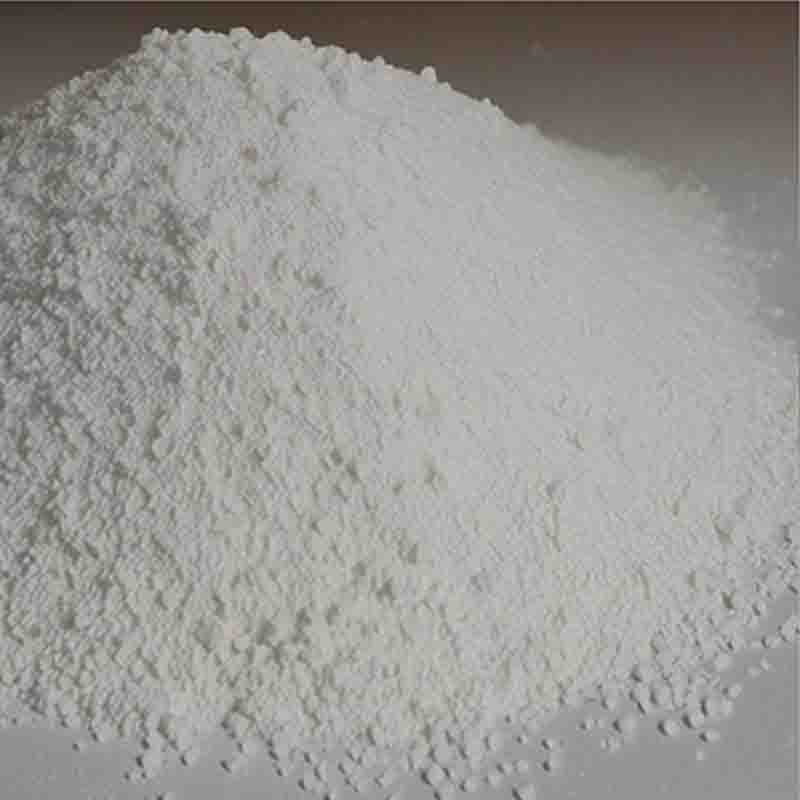2,6-Dichloro-3-fluoroacetophenone CAS:290835-85-7
| Catalog Number | XD94787 |
| Product Name | 2,6-Dichloro-3-fluoroacetophenone |
| CAS | 290835-85-7 |
| Molecular Formula | C8H5Cl2FO |
| Molecular Weight | 207.03 |
| Storage Details | Ambient |
Product Specification
| Appearance | White powder |
| Assay | 99% min |
2,6-Dichloro-3-fluoroacetophenone is a specific compound that belongs to the class of acetophenone derivatives. This compound possesses chlorine atoms on the 2 and 6 positions of the aromatic ring and a fluorine atom on the 3 position. These structural features can potentially impact its physiochemical properties and biological effects.The presence of chlorine and fluorine atoms in 2,6-Dichloro-3-fluoroacetophenone can significantly influence its reactivity, stability, and interactions with other molecules. Chlorine and fluorine atoms are known for their electronegativity, which can affect the compound's polarity and lipophilicity. These properties may play a role in its solubility, bioavailability, and potential interactions with biological systems.The specific biological effects of 2,6-Dichloro-3-fluoroacetophenone have not been extensively studied, and there is limited available information on its pharmacological activities. However, similar acetophenone derivatives have been investigated for their potential therapeutic properties.Acetophenone derivatives have demonstrated a range of biological activities such as antimicrobial, anti-inflammatory, analgesic, and anticancer effects. These activities can be attributed to their ability to interact with various cellular targets, including enzymes, receptors, and signaling pathways. Examples of mechanisms of action include modulation of inflammation mediators, inhibition of DNA replication, interference with cellular signaling, and inhibition of enzyme activity.As 2,6-Dichloro-3-fluoroacetophenone possesses structural similarities to other acetophenone derivatives, it is plausible to suggest that it may exhibit similar biological effects. However, it is important to note that the specific effects and mechanisms of action of this compound would require further investigation through in vitro and in vivo studies.Additionally, the concentration, administration route, and target cells or tissues can influence the biological effects of 2,6-Dichloro-3-fluoroacetophenone. Therefore, comprehensive research is necessary to determine its potential therapeutic applications, safety profile, and specific mode of action.In conclusion, 2,6-Dichloro-3-fluoroacetophenone possesses unique structural characteristics with chlorine and fluorine atoms. These features can potentially influence its reactivity, solubility, lipophilicity, and interactions with biological systems. While the specific biological effects of this compound are not well-understood, it is plausible to suggest that it may exhibit similar properties as other acetophenone derivatives, including antimicrobial, anti-inflammatory, analgesic, and anticancer activities. However, further study is needed to fully understand its potential as a therapeutic agent.


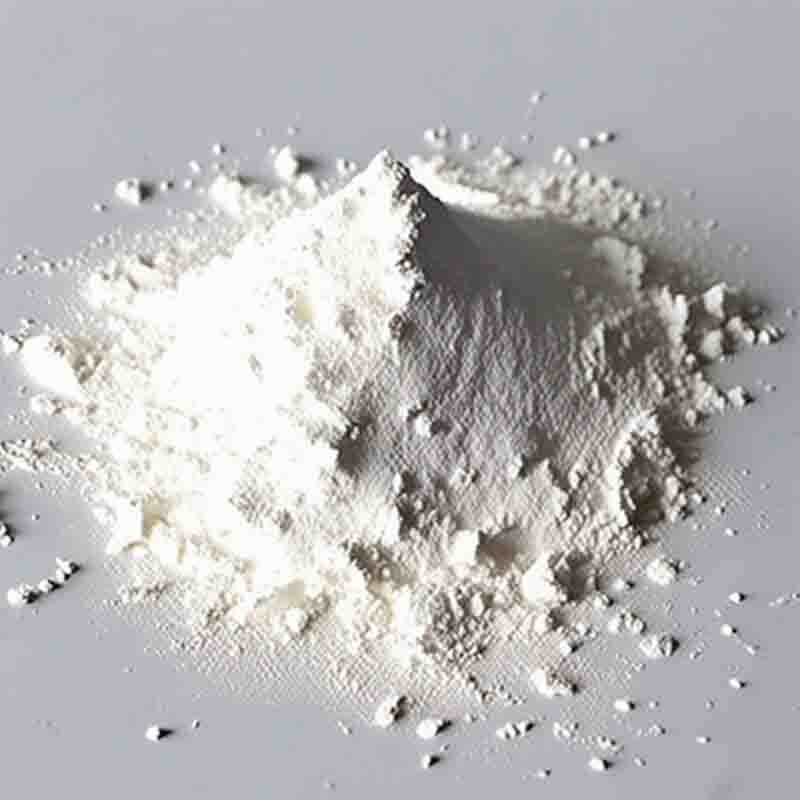


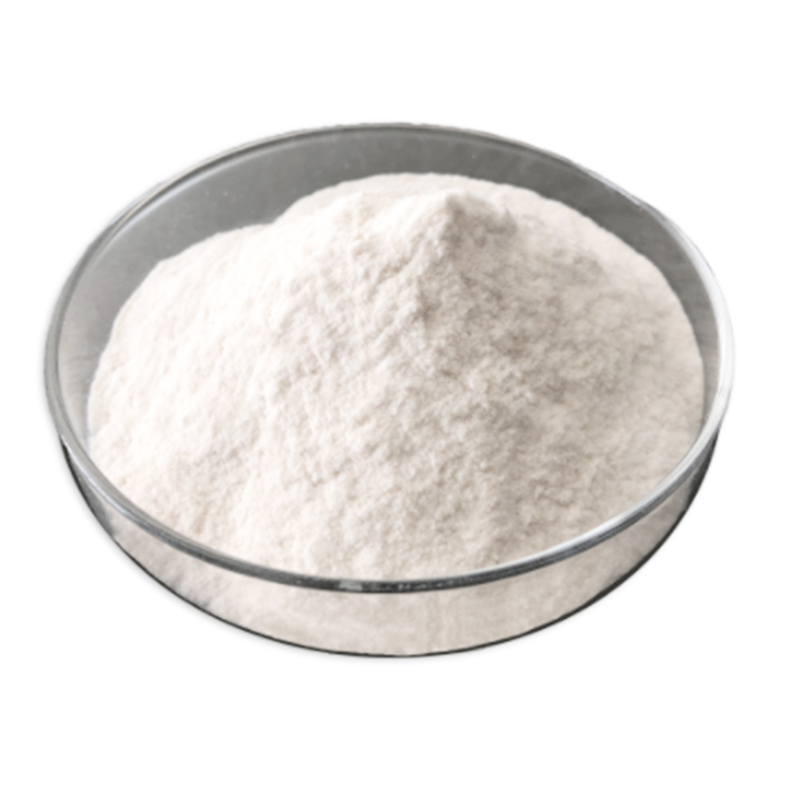
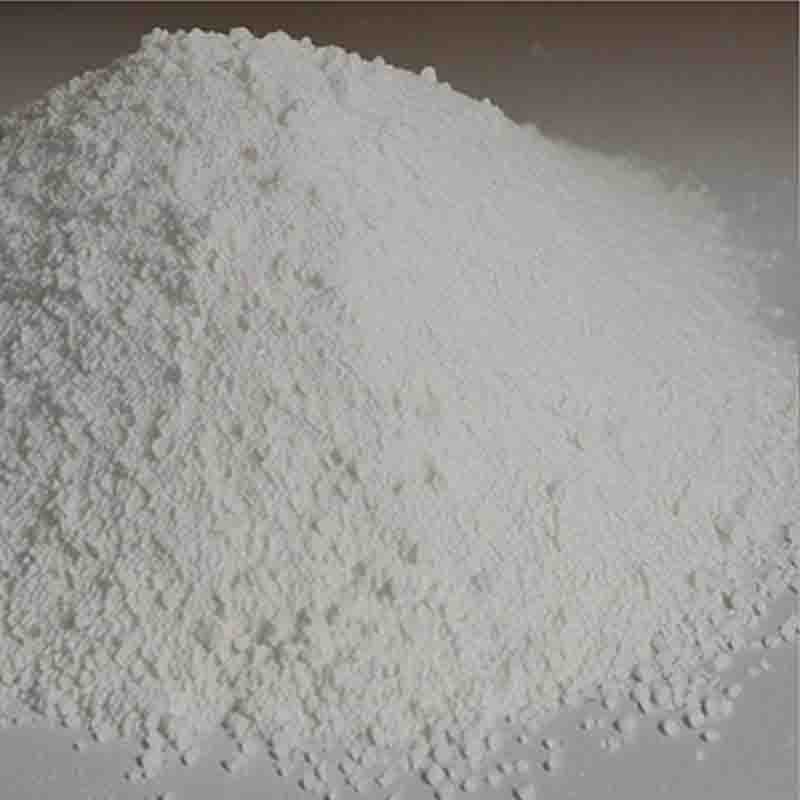
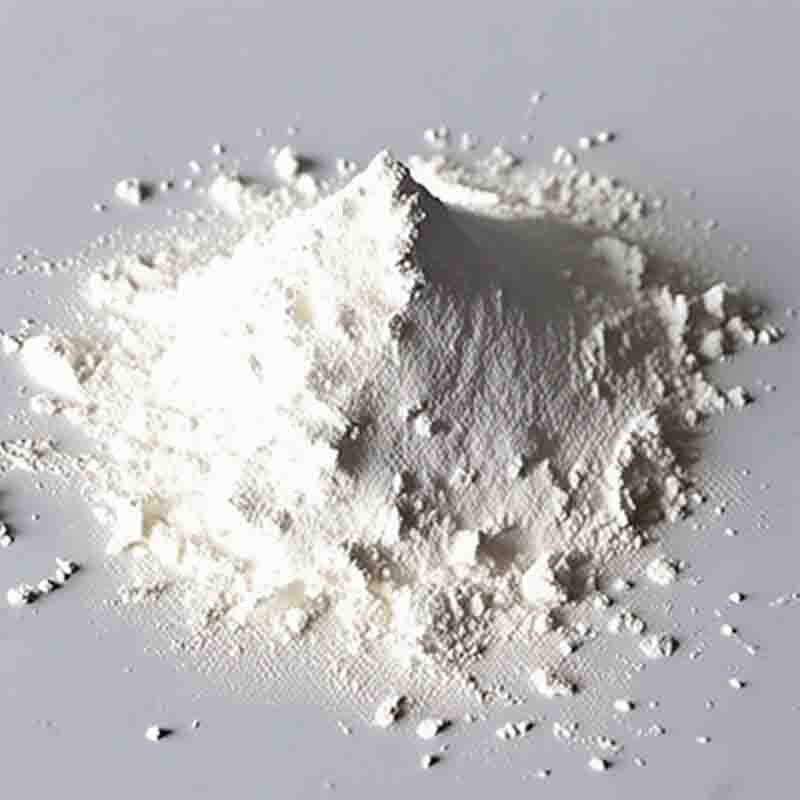
![(3S)-3-[4-[(2-Chloro-5-iodophenyl)methyl]phenoxy]tetrahydro-furan CAS: 915095-94-2](https://cdn.globalso.com/xdbiochems/白色粉末21188.jpg)
